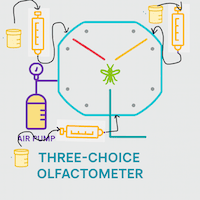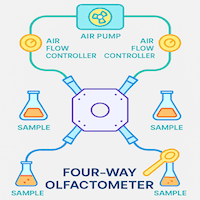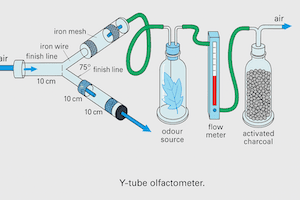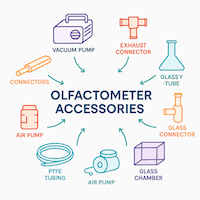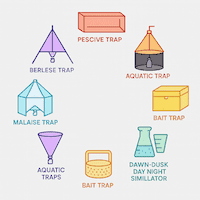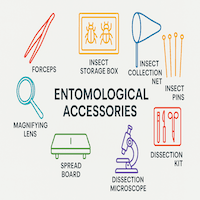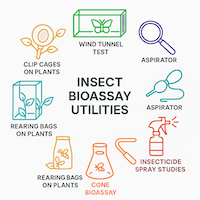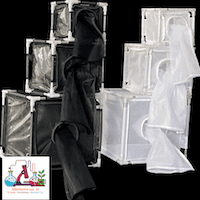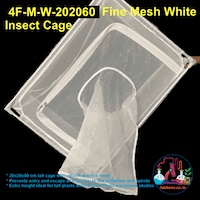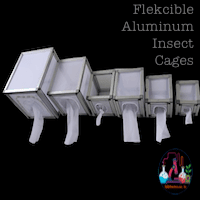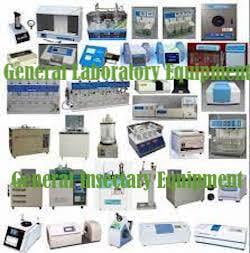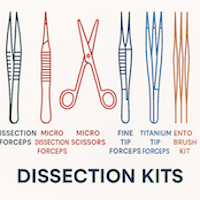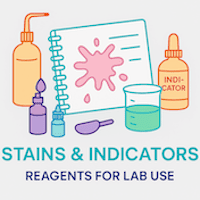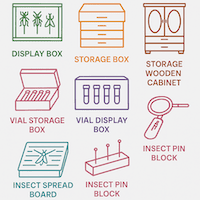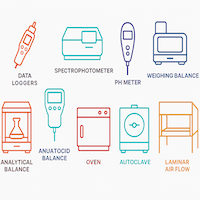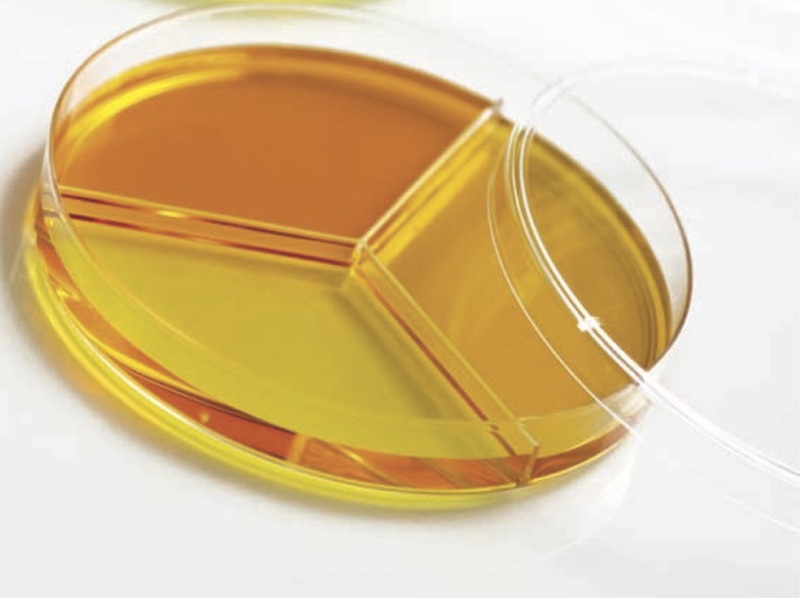
Petri Dish 90mm, 3 compartment, ETO Sterile, Individual Packing
Divided Petri dishes are used in microbiology for a variety of applications, including:
- Streaking - Divided Petri dishes can be used to streak a sample of bacteria or other microorganisms across the surface of an agar plate in order to isolate individual colonies. This is a common technique used to obtain pure cultures of microorganisms for further study.
- Comparative testing - Divided Petri dishes can be used to compare the growth of different microorganisms under different conditions. For example, a researcher might use a divided Petri dish to compare the growth of two different strains of bacteria on different types of agar media.
- Differential testing - Divided Petri dishes can be used to perform differential tests, which are used to identify different types of microorganisms based on their growth characteristics. For example, a researcher might use a divided Petri dish to perform a Gram stain, which is a differential test that is used to distinguish between Gram-positive and Gram-negative bacteria.
- Antibiotic sensitivity testing - Divided Petri dishes can be used to test the sensitivity of microorganisms to antibiotics. This is done by streaking the microorganism across the surface of an agar plate and then adding a small amount of antibiotic to one half of the plate. The plate is then incubated and the growth of the microorganism is observed. If the microorganism grows in the antibiotic-treated half of the plate, it is said to be resistant to the antibiotic. If the microorganism does not grow in the antibiotic-treated half of the plate, it is said to be sensitive to the antibiotic.
Customize
A 3-compartment Petri dish, also known as a divided Petri dish, is a specialized laboratory tool designed to allow for the isolation and cultivation of different microbial species or cell types in separate compartments while still sharing the same growth medium. Here are some uses and recommendations for utilizing a 3-compartment Petri dish:
Antibiotic susceptibility testing: The divided Petri dish can be employed to assess the susceptibility of microorganisms to different antibiotics simultaneously. Each compartment can contain a different antibiotic, enabling the comparison of growth inhibition zones and determining the most effective treatment.
Co-culture studies: Researchers can cultivate different types of cells or microorganisms in separate compartments to study their interactions and coexistence. This can be particularly useful in studying symbiotic relationships, competition, or microbial ecology.
Drug screening: The divided Petri dish can be utilized for drug screening assays, where different drug candidates or concentrations are tested against a specific target microorganism or cell line. Each compartment can contain a different drug, allowing for side-by-side comparisons.
Organism identification: The divided Petri dish can facilitate the identification of microorganisms by providing separate compartments for different biochemical tests or selective media. This method is commonly used in clinical microbiology laboratories for diagnostic purposes.
Quality control and sterility testing: Divided Petri dishes can be employed for quality control testing of sterile materials, such as pharmaceutical products or medical devices. The compartments can be inoculated with test organisms to check for potential contamination.
n addition to these applications, divided Petri dishes can also be used for a variety of other purposes in microbiology, such as:
- Storing cultures
- Transporting cultures
- Performing experiments
- Teaching microbiology
Divided Petri dishes are a versatile tool that can be used for a variety of applications in microbiology. They are an essential piece of equipment for any microbiology laboratory.


